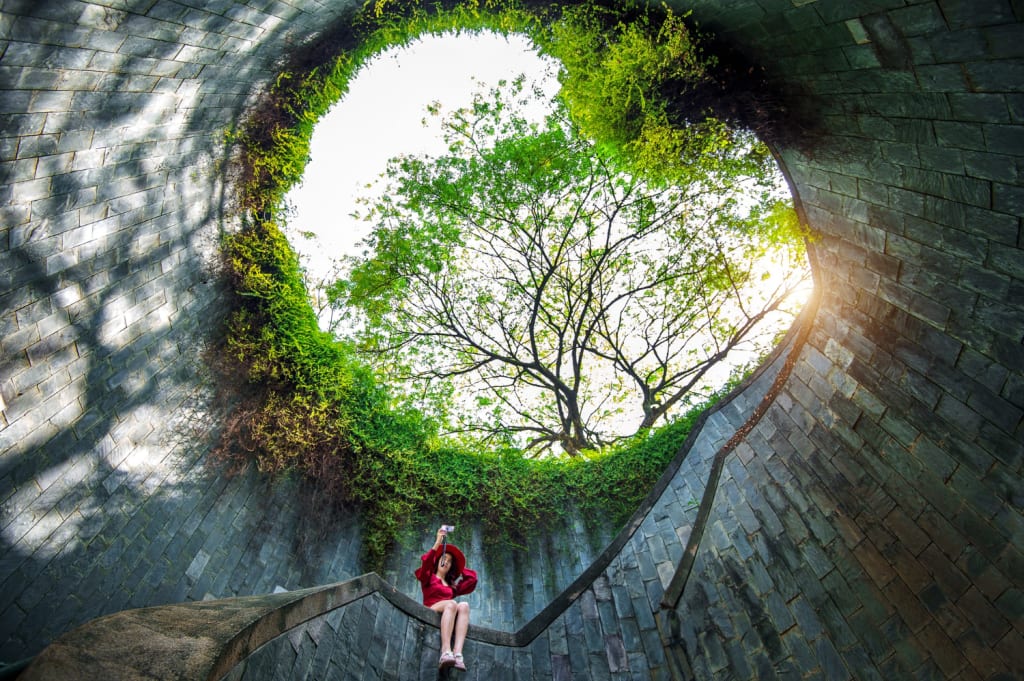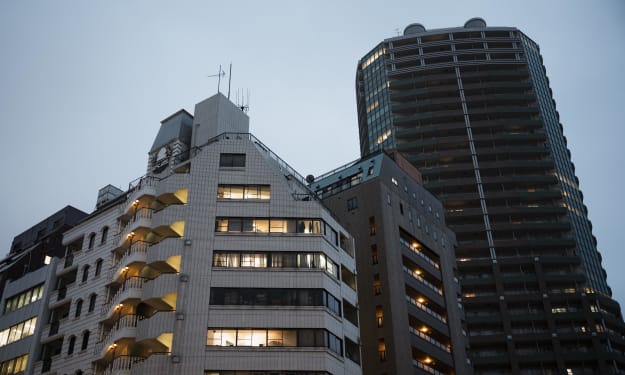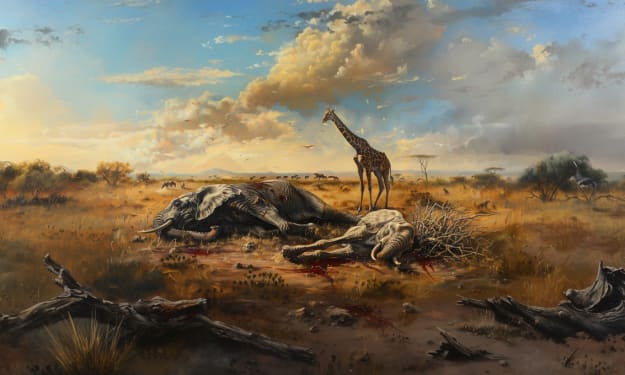Strangest Places Where People Lives
Exploring the Extraordinary

Certainly, let's delve deeper into the extraordinary stories of human habitation in unconventional places, each one revealing our species' remarkable capacity for adaptation and resilience.
Consider my own peculiar situation, nestled within a windowless padded room adorned with nothing but a microphone, a connection to the vast expanse of the internet, and a singular bottle whose purpose remains a mystery. In my virtual realm, my living conditions are unusual, yet my existence pales in comparison to the astonishing places humans have chosen to inhabit.
Venturing to the heart of Cairo, Egypt, we encounter the curious case of Manshiyat Naser, a city shrouded in a seemingly perpetual cloud of garbage. Despite this unenviable environment, the residents have carved out a life amidst the refuse, embodying the remarkable power of human adaptability. This urban anomaly emerged from Cairo's negligence in establishing proper waste management systems. The people of Manshiyat Naser, often referred to as the "Zabbaleen," meaning the "trash people," took it upon themselves to manage the city's waste. Through their resourceful efforts, they recycle a staggering 85% of the garbage they process, outperforming conventional waste management approaches by a significant margin. Yet, their existence remains a poignant illustration of the complex interplay between ingenuity and adversity.
Shifting our focus to the Principality of Sealand, we encounter a microcosm of sovereignty and quirkiness. Situated on a former wartime platform off the United Kingdom's coast, Sealand represents a self-proclaimed nation, albeit one that lacks international recognition. Founded in 1967 by the Bates family, Sealand is a haven of eccentricity, offering a unique perspective on the boundaries of nationhood and the whimsical ways humans establish their domains. With a population of two – the Bates family members themselves – Sealand challenges conventional notions of statehood and prompts contemplation about the legitimacy of such claims in a globalized world.
Descending beneath the surface, we arrive at Coober Pedy in Australia, a testament to human adaptation in the face of extreme climatic conditions. The town's residents have carved their homes and establishments into the sandstone bedrock, finding refuge from the blistering summer heat and freezing winter temperatures. The ingenuity of subterranean dwelling is evident in the clever use of ventilation shafts to maintain fresh air, while the communal struggle to avoid inadvertently encroaching on neighbors speaks to the unique challenges this lifestyle presents.
Journeying north to Iceland, we encounter Elliðaey Island, home to the "Loneliest House in the World." Inhabiting this remote and picturesque island is a solitary residence, evoking feelings of isolation amidst the grandeur of nature. Originally established as temporary housing for hunters, this dwelling has transformed into a symbol of solitude in an increasingly connected world, offering respite for those seeking respite from the demands of modern life.
In stark contrast, Hong Kong's shoebox apartments offer a somber reflection on urbanization and limited space. These minuscule living spaces, often smaller than a parking spot, provide a striking juxtaposition to the city's bustling streets and towering skyscrapers. The struggles of cramped living, combined with exorbitant rents and lack of amenities, underscore the pressing need for innovative solutions to the housing crisis and equitable urban development.
Traveling across the globe to Whittier, Alaska, we uncover an entire community residing within a single building. This weather-worn town has congregated under a single roof, forging a unique sense of community and shared experience. The challenges of isolation and adapting to communal living spaces become the backdrop for a tale of unity in the face of adversity.
Lastly, the blazing subterranean fire of Centralia, Pennsylvania, offers a glimpse into a dystopian reality. An ill-fated garbage management initiative ignited an underground coal seam, resulting in a town perpetually ablaze. Collapsing buildings, unstable ground, and the flight of residents have transformed Centralia into a haunting symbol of unchecked environmental consequences.
From the intriguing Zabbaleen in Egypt to the isolated haven of Sealand, the subterranean world of Coober Pedy to the solitude of Elliðaey Island, the confined shoebox apartments of Hong Kong to the communal unity of Whittier, Alaska, and the fiery depths of Centralia, each tale is a testament to humanity's adaptability, inventiveness, and resilience. These stories challenge our notions of comfort, community, and the lengths to which we can make even the most unconventional spaces feel like home.
About the Creator
Enjoyed the story? Support the Creator.
Subscribe for free to receive all their stories in your feed. You could also pledge your support or give them a one-off tip, letting them know you appreciate their work.





Comments
There are no comments for this story
Be the first to respond and start the conversation.